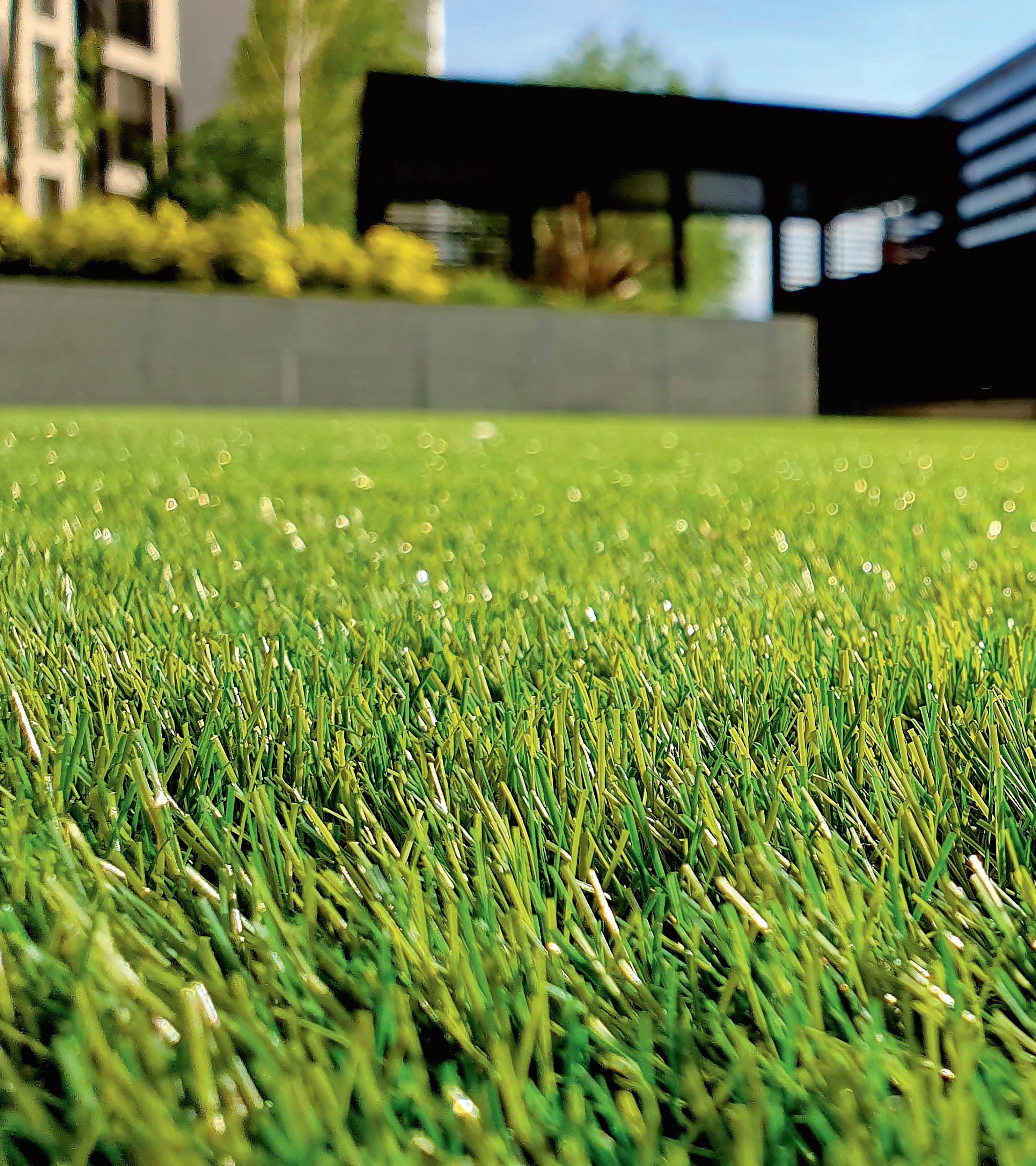
4 minute read
SPECIFICATION OF GRASSES
Landscaping is a vital part of building and urban design that can define the character of an area and promote social wellbeing for its inhabitants. Successful integration of landscaping can be achieved through careful design and good contract documentation, including specification using a master specification system such as NATSPEC, the National Specification System.
The provision of landscape documentation in the form of drawings and specifications is a common requirement for development approvals and building certificates, where changes to external areas and landscaping are proposed. While it is expected that the documentation includes information to fulfill the application requirements, the presentation and quality of the documentation can vary significantly and impact project outcomes. In some projects, there is a heavy focus on drawings as the primary communication tool, with the specification being a secondary document. In others, there may be no specification at all. The specification is a written document that defines the required quality of the end product and its component products. It is important to note that the specification works in conjunction with the drawings and the two should not conflict each other.
Advertisement
In the absence of a specification, important details such as material quality, performance requirements and execution methods may be ambiguous and unintentionally left to the contractor. Any discrepancies between expectations for the quality of work and the end product may not become apparent until the later stages of the project, giving rise to disputes and delays. There is also no guarantee that relevant standards and regulations have been considered by both the designer and contractor if they are not mandated in the contract documents, usually the specification.
After considering location, use, site conditions, availability, sowing rates and timing of application, designers can use the specification to document design decisions and selections, and convey them to the contractor. Are grasses in the form of rolls, seeds, grow cells or tube stock required? Does Council mandate selection of native drought-tolerant grasses only? What preparation, fertilisation, establishment and maintenance procedures are suitable for the project?
The extent of documentation depends on the type and scale of the project. Specifying only the type of grass could be sufficient for minor works. On larger scale projects, additional details such as the topsoil mixture, fertiliser, and establishment and maintenance procedures would be prudent. Adding detail to your specification helps convey the desired level of quality to meet client expectations.
To complete the contract documentation, it may be appropriate to consult a specialist grower for advice on a suitable grass and application method for your project. Specialists can also offer advice on the topsoil mixture and fertiliser type. Again, the recommended uses and application rates may vary for different mixes and products and should be documented in the specification. For example, the
Nitrogen:Phosphorus:Potassium ratio in fertiliser will vary depending on the use, with a higher phosphorus ratio recommended to promote root growth for areas where grass is being freshly sowed.
To ensure the grass specified establishes successfully and is kept well maintained, appropriate procedures to be performed following application can be nominated. This includes setting out clear requirements for any monitoring programs, required inspections, and necessary actions in the event of pests and diseases or the need for replacement. Maintenance schedules and maintenance reporting can also be used. These typically specify tasks to be undertaken at set intervals such as watering, weeding, mowing, trimming, and top dressing. Defining the scope and frequency of maintenance work benefits both the contractor and the client.
The clearer the specification, the clearer it is for everyone involved in the project. Quality cannot be managed if it is not defined. In construction, as there are many different parties who work on a project, the desired level of quality must be clearly specified in order to achieve it. Poor documentation and low quality are compounded by re-work, variations, excess meetings, and delays.
Construction specifications are the most reliable way to define the required level of quality and meet technical standards. An up-to-date and comprehensive specification to support your contract and drawings is required to deliver a project with reduced risk of litigation.
NATSPEC provides worksection Templates that include the construction processes required for each particular item of work, and define clear industry standard acceptance criteria in the form of tolerances, performance requirements, and testing requirements. These worksections can be customised to suit the defined quality levels agreed for the particular project by completing prompts, adding relevant material and deleting material which is not applicable.
Individual worksections on natural grass surfaces, soils, planting, irrigation and establishment are available for subscribers to selected NATSPEC and AUS-SPEC packages. NATSPEC also offers resources and training on specification writing and compiling your project specification, as well as other general technical resources.
NATSPEC is a not-for-profit organisation owned by Government and industry. It maintains the National Building Specification and has been a valued part of the Australian construction industry for over 45 years. It also manages AUS-SPEC, the national specification system for the design, construction, maintenance and operation of local government assets.

For more information, visit www.natspec.com.au.










